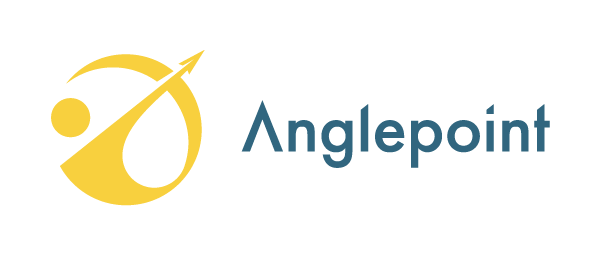The first step of our ITAM Program Transformation methodology is to define what value means for you, and the desired outcomes for your ITAM program.
These outcomes vary from organization to organization, but here are a few general areas that should be considered:
- Cost savings.
In our current economy, there is immense pressure on all business functions to deliver cost savings. Gartner predicts an increase of 6% IT spend worldwide in 2023, making IT a key focus area that is being targeted for spend relief.
Many organizations are currently stuck in a reactive state for renewals, requests, and audits, this can keep them busy and leaves little time to perform other important cost optimization activities. The only way to unlock high, consistent cost optimization is through a clear, stakeholder supported ITAM governance strategy. This framework of best practices that everyone buys into will move from a reactive state to a proactive one based on results.
- Risk management.
Some different risks could be commercial, legal, reputational, and security related. Implementing a robust IT Asset Management framework lays the foundation for overall corporate governance excellence and will ensure that your organization is protected from the greatest corporate risks, then diagnose and provide action paths aligned to internal corporate governance.
- Key Stakeholders.
Engaging stakeholders such as procurement, vendor management and business leaders early and collaboratively will greatly increase the chances of your program’s success. Successful programs adopting an internal service provider mindset, enabling tangible outcomes are centered on getting the right actionable intelligence to the right people at the right time. This is all about winning over a range of hearts and minds that this is the program to support.
When designing your ITAM program, you can’t move forward unless you define what value is, the aims of the program, and what today looks like, then create a plan to bridge the gap to that future state to realize value.
The key cornerstone of any program is quality, trustworthy underlying data. On this basis We recommend that you begin with full inventory coverage analysis reviewing inventory across your entire estate – users, hardware, software and cloud to determine any key issues and data health of your estate. This can also highlight data blank spots which are important to stakeholders and understand if or how additional tooling might be used.
Also, for all contractual data, a Publisher prioritization should also be included in the process, reviewing all publisher spend, and aligning that to audit risk and segment holistic spend into categories of management (with aligned approvals, marketplaces and guardrails) to get the right balance of governance without impacting user creativity. This allows the program to put its shoulder behind high value activities such as renewals or risk mitigation.
Once you’ve completed this exercise, you should have a clear set of executive-aligned objectives, with the steps to get there, supported by insightful and accurate inventory and vendor spend intelligence.
The process to design and implement this framework is a journey with various stages, initially focusing on low overhead, high value tactical activities such as better negotiation of large contracts, and more sustainable strategic value mid-long term such as departmental show back and automation. We recommend you engage with experts to support this process, as many programs focus on report creation and not building the bridge to value realization. This will accelerate results from the program and allow your team to stay on top of the day-to-day tasks and ensure that industry best practices like ISO 19770 are adhered to.
A chosen partner with the right experience can accelerate value realization, through experience in focusing on the right areas in the right order. This includes defining key objectives, success criteria, policy development, process, and role design. They will help to layout the strategy and roadmap, defining outcomes & objectives, asset lifecycle review, including departmental roles and roadmaps. They can also use tried and tested methods for managing and bringing stakeholders on the journey, both at the executive level, and mid to lower level for supporting in day-to-day tasks.
